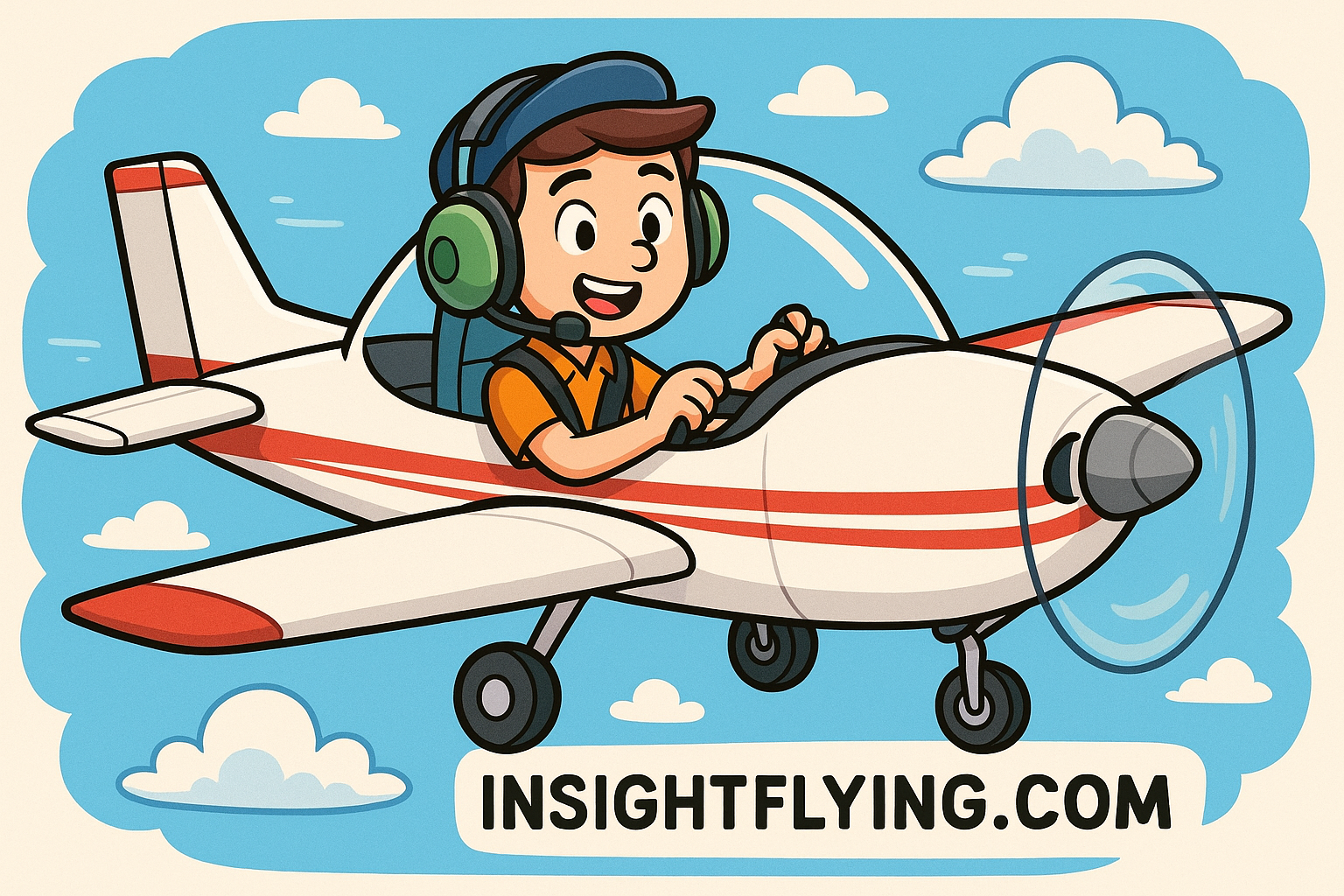Attention to Detail Test
หนึ่งในแบบทดสอบที่กรรมการใช้บ่อย ๆ คือการทดสอบความรอบคอบ ตัวอย่างเช่น กรรมการอาจคว่ำกระดาษที่มีข้อความง่าย ๆ แล้วให้เราอ่านออกเสียงอย่างรวดเร็ว พร้อมพูดจาชักจูงว่าเป็นการทดสอบการอ่านภาษาอังกฤษ
แต่จริง ๆ แล้ว จุดประสงค์คือการสังเกตว่า เราจะอ่าน ครบทุกตัวอักษร หรือไม่ เช่น คำที่เริ่มบรรทัดด้วยตัว “a” อาจถูกอ่านข้ามเพราะความรีบ หรือเพราะสายตาเราไปโฟกัสกับตัวอักษรที่ถูกทำเป็นสีแดงและสีน้ำเงิน
สิ่งที่กรรมการต้องการไม่ใช่การตอบว่าในข้อความมี กี่สี หรือ คำไหนเป็นสีแดง แต่ต้องการดูว่าเราจะ อ่านตกหล่น หรือไม่ และเมื่อถูกชี้ให้เห็นความผิดพลาด เราจะ รับมือกับความกดดัน ได้อย่างไร
One common interview technique is the attention to detail test. For example, the interviewer may place a short text on the table and ask you to read it aloud quickly, while distracting you into thinking it’s a language comprehension test.
In reality, the goal is to see if you read every single word and letter. Candidates often skip a small detail—such as the letter “a” at the start of a line—because they focus too much on colored words in red or blue.
The real test is not about answering “how many colors” or “which word is in red,” but whether you miss details under pressure, and how you react when your mistake is pointed out.
การทดสอบเรื่องทิศทาง
Direction and Spatial Awareness Test
อีกการทดสอบที่มักใช้ คือ การรับรู้ทิศทาง (Spatial Awareness) ซึ่งเป็นพื้นฐานสำคัญของการบิน เช่น การอ่านแผนที่ การเข้าใจระบบนำร่อง หรือการตีความเครื่องวัดการบิน
กรรมการอาจให้เราเขียนแผนที่ประเทศไทยแบบง่าย ๆ แล้วถามว่า ทิศเหนือ ติดกับประเทศอะไร? ทิศใต้มีเพื่อนบ้านประเทศไหน? หลายคนตอบผิดแบบไม่น่าเชื่อ เช่น บอกว่าทิศใต้ไทยติดจีน หรือทิศตะวันตกติดกัมพูชา
Another common assessment is spatial awareness testing, which is essential in aviation—whether reading charts, understanding navigation systems, or interpreting cockpit instruments.
Candidates may be asked to draw a simple map of Thailand and then identify which countries border it to the north, south, east, and west. Surprisingly, many give incorrect answers, such as “Thailand’s south borders China,” or “the west borders Cambodia.”
คำถามง่าย ๆ ที่พลาดได้เพราะความตื่นเต้น
Simple Questions That Can Be Missed Due to Stress
- ถ้าเบื้องหน้าคือ ทิศเหนือ → ด้านขวาคือทิศอะไร?
- ถ้าเบื้องหน้าคือ ทิศตะวันออก → ด้านซ้ายคือทิศอะไร?
แม้จะเป็นคำถามง่าย แต่ผู้เข้าสอบบางคนตอบไม่ได้ เพราะความตื่นเต้นบั่นทอนสมาธิและการควบคุมสติ
Even simple questions like:
- “If you face north, what is on your right?”
- “If you face east, what is on your left?”
can be answered incorrectly under interview stress.
การทดสอบระดับสูงขึ้น
Advanced Level Questions
กรรมการอาจให้โจทย์ซับซ้อนขึ้น เช่น
“หันหน้าไปทางทิศตะวันตก เดินตรง 3 block เลี้ยวขวา เดินต่อ 2 block เลี้ยวขวาอีกครั้ง เลี้ยวซ้าย แล้วเลี้ยวขวา… ตอนนี้หันหน้าไปทางไหน?”
สิ่งนี้ไม่ใช่การเดินจริง แต่เป็นการใช้ จินตนาการและควบคุมสมาธิ เพื่อประเมินว่าเรามีความเข้าใจทิศทางเพียงพอหรือไม่
More advanced exercises may involve multi-step directions:
“You face west, walk three blocks, turn right, walk two blocks, turn right again, turn left, then turn right. Which direction are you facing now?”
The test is not about physically walking but about mental visualization and focus.
ทำไมการทดสอบนี้สำคัญ?
Why Is This Important?
ในงานบิน ถ้านักบินไม่เข้าใจทิศทาง อาจถูกมองว่าเป็น Spatial Disorientation คือไม่สามารถรับรู้หรือตีความตำแหน่งของตนเองได้อย่างถูกต้อง ซึ่งอันตรายอย่างยิ่งในการบินจริง
In aviation, failing to grasp orientation could be seen as spatial disorientation—the inability to correctly determine one’s position in space—which is extremely dangerous in flight.
📌 บทสรุป (Conclusion):
การทดสอบทั้งเรื่องความรอบคอบ และทิศทาง ไม่ได้ต้องการหาคำตอบที่ยากที่สุด แต่เป็นการดูว่า เราควบคุมสมาธิได้หรือไม่, เรารับมือกับความผิดพลาดอย่างไร, และ เรามีทักษะการรับรู้พื้นฐานเพียงพอสำหรับการบินหรือไม่
Both the attention to detail and spatial awareness tests are not about finding the hardest answer. They are about observing whether you can stay focused, handle mistakes under pressure, and demonstrate fundamental awareness skills necessary for aviation.
